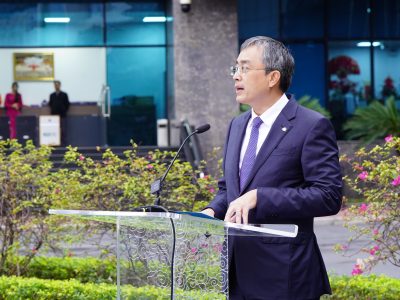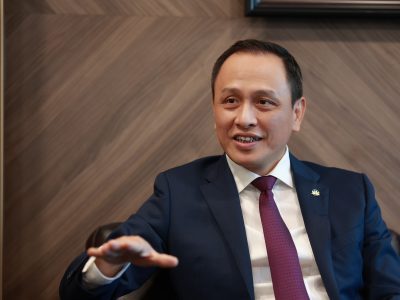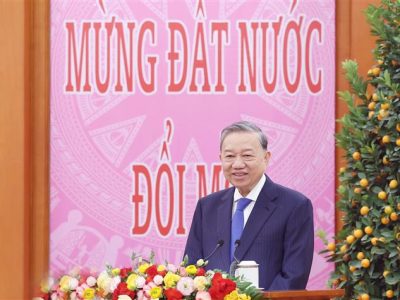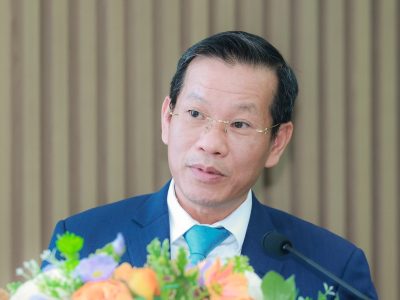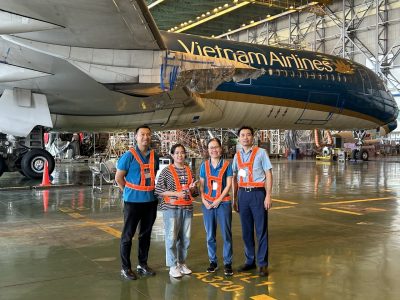The promise of rapid fleet growth in Southeast Asia is spurring aircraft maintenance organizations to launch ambitious upgrade plans as they look to capture more work and broaden their capabilities.
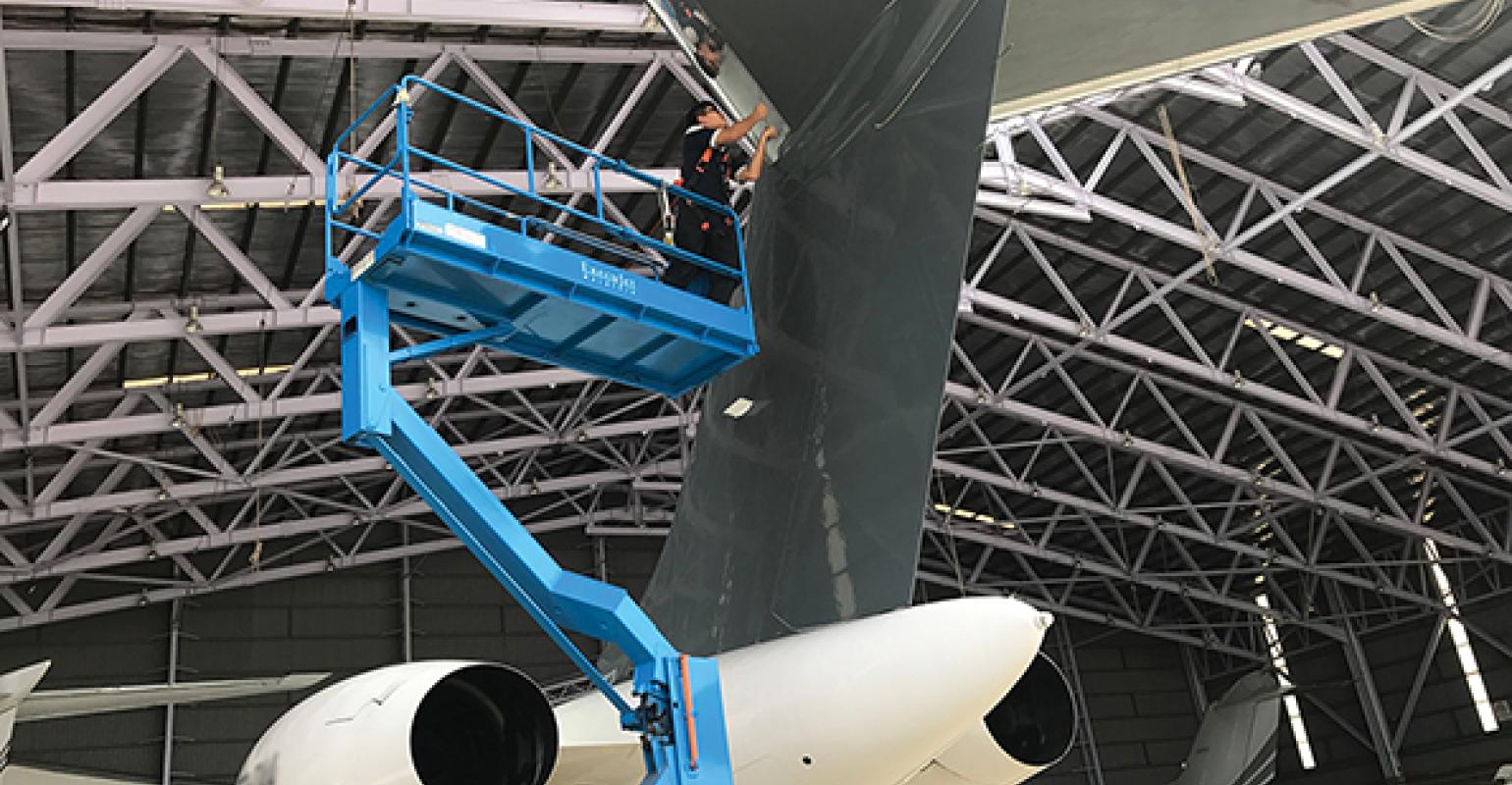 MRO providers in Southeast Asia see opportunities to expand and establish joint venture facilities. (Photo: MRO Network).
MRO providers in Southeast Asia see opportunities to expand and establish joint venture facilities. (Photo: MRO Network).
These expansion projects are partly being driven by the desire of governments in the region to support the development of MRO as an important strategic industry that can aid economic goals. In many cases, the initiatives involve the construction of new facilities through cross-border or local joint ventures.
Some in the industry question whether there is enough demand for the vying countries to all fulfill their ambitions to become MRO hubs for the region. However, there is no debate that the volume of orders in Southeast Asia means the current MRO capacity will not be sufficient.
Setting MRO development as a national objective is common elsewhere in the broader Asia-Pacific region. India’s government, for example, has designated MRO development as a key plank in its new aviation strategy, and South Korea is looking to expand its MRO industry. However, the trend appears to be most prevalent in Southeast Asia.
While established MRO hubs such as Singapore still dominate the region, new projects are also underway in Indonesia, Thailand, Vietnam, Malaysia and the Philippines.
One of the more notable developments is occurring on the island of Batam, Indonesia, where the MRO divisions of Indonesia’s two major carriers have recently signed a joint venture deal to construct new facilities to be used by both carriers.
The agreement was formally signed on Aug. 14 between Garuda’s GMF AeroAsia and Lion’s Batam Aero Technic (BAT). As well as executives from the two airlines, senior government ministers were in attendance at the signing and groundbreaking ceremony to demonstrate their support.
GMF and BAT initially intend to build one hangar at Batam under their agreement, accommodating eight Airbus A320 or Boeing 737 aircraft. More hangars could be built through the joint arrangement if market demand exceeds expectations, GMF Vice President and Corporate Secretary Fidiarta Andika tells Aviation Week. The two companies will also cooperate on the development of a tire retreading plant with partner Michelin.
The joint venture development will be sited near BAT’s existing maintenance base at Batam. GMF has no heavy maintenance facilities of its own at Batam; its major MRO base is located at Jakarta’s Soekarno-Hatta International Airport.
The Batam MRO facilities are at Hang Nadim International Airport, separated from Singapore by the Singapore Strait. Batam’s close proximity to the logistics hub of Singapore is an advantage for MRO businesses, and its location farther north than Jakarta makes it easier to access from other Southeast Asian nations.
The partners’ intention for the joint venture is to help the Indonesian MRO industry grow in an efficient manner, without the two rival carriers duplicating investment as they add capabilities. GMF notes that it has often cooperated with other MRO companies and manufacturers.
Indonesia can improve the competitiveness of its MRO industry in the global arena through the tie-up, says GMF’s acting president-director, Tazar Kurniawan. One of the aims of the initiative is to increase the third-party work drawn from overseas and attract more foreign currency.
At the same time, the expanded capacity will help limit the amount of Indonesian MRO work sent to other countries. The companies aim to reduce maintenance outsourced overseas to 10% of the total within 10 years.
While the joint venture currently applies only to Batam, GMF “believe[s] it can be expanded to other areas,” Fidiarta says. “We understand that by developing business through collaboration [we] will increase our value and maintain sustainable and profitable growth.” He cites a proverb: “If you want to go fast, go alone. If you want to go far, go together.”
However, GMF is still planning to grow the scope of its own operations outside the joint venture. “We will expand our business and facilities both domestically and globally, as we believe that global expansion is needed to stay ahead of competitors,” Fidiarta says. GMF has previously said it intends to establish MRO businesses in Australia, East Asia and the Middle East in the near future.
In Thailand, similar efforts are underway to build up an MRO hub in U-Tapao, southeast of Bangkok. It is based around the civil-military U-Tapao International Airport, where an expanded MRO zone is scheduled to be established as part of the airport’s upgrade plan. This will help support the government’s Eastern Economic Corridor initiative.
Thai Airways has agreed to form a joint venture with Airbus to build a new MRO hangar at U-Tapao, replacing Thai’s current MRO facilities there. This hangar will be able to simultaneously handle three widebody aircraft for heavy maintenance, as well as a mix of widebody light maintenance and narrowbody heavy or light maintenance.
It will be larger than the current hangar, which can accommodate two widebodies and one narrowbody. Thai says it intends to increase third-party work at U-Tapao.
Construction is expected to begin in the first quarter of 2020, with completion planned for 2022. A new paint hangar and supporting buildings will also be completed by then. Additional space will be set aside for future hangars and workshops. Thai already has maintenance bases at the Suvarnabhumi and Don Mueang airports in Bangkok.
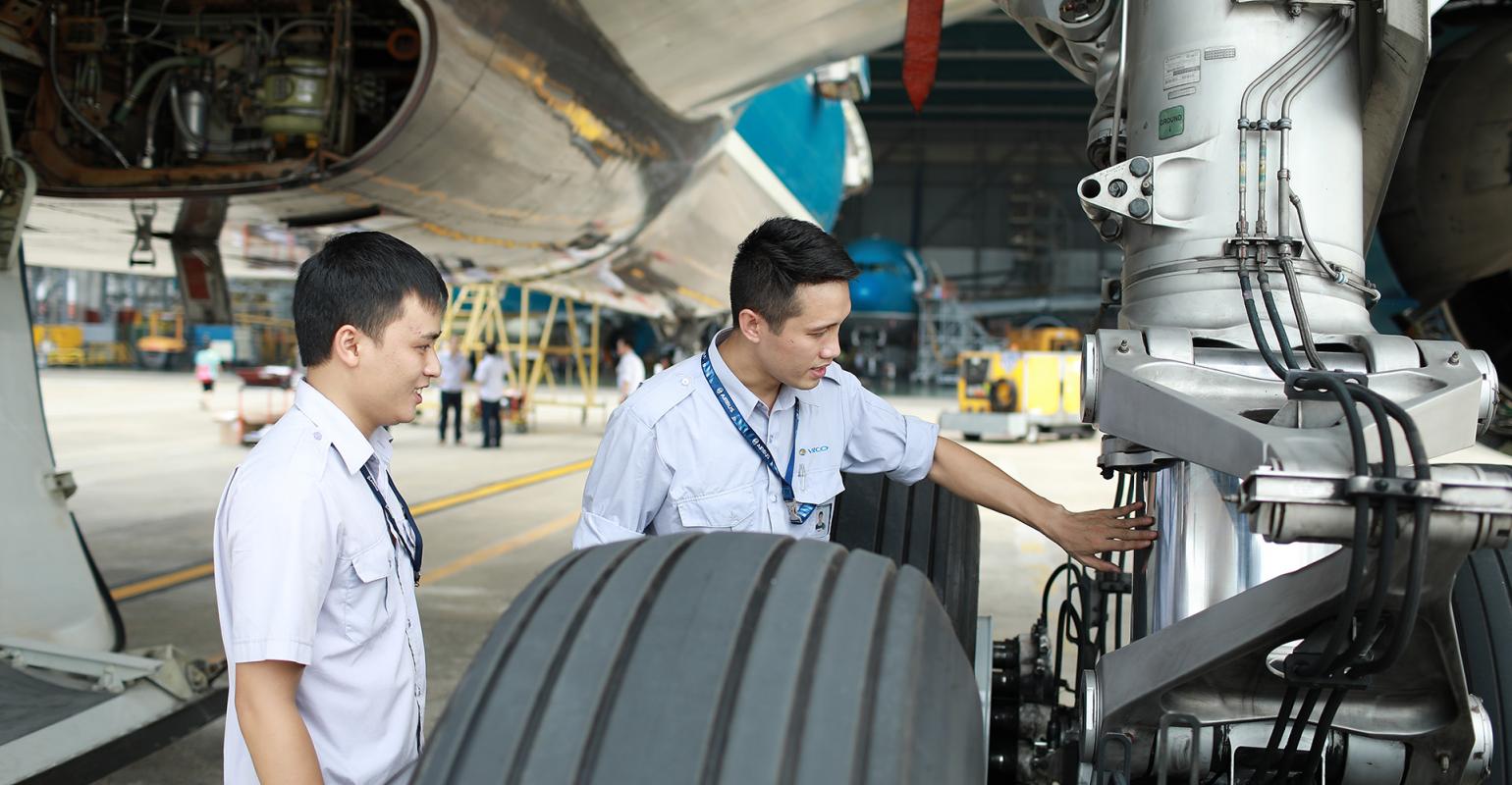 MRO expansion is also occurring in Vietnam. (Photo: VNA).
MRO expansion is also occurring in Vietnam. (Photo: VNA).
MRO expansion is also occurring in Vietnam. Singapore’s ST Engineering has formed a component maintenance and repair joint venture with Vietnam Airlines Engineering Co. (VAECO), a subsidiary of Vietnam Airlines.
The collaboration will not require new buildings, as it will make use of VAECO’s existing facilities in Hanoi and Ho Chi Minh City. However, the partners will be “investing in new infrastructure” at these facilities. The joint venture will focus on pneumatics, hydraulics, electrical components, wheels and brakes, and safety equipment.
While the company has previously said the new venture will begin operations in mid-2019, ST Engineering says the partners are still working on obtaining the necessary regulatory approvals, and this will dictate the timing.
ST Engineering notes that “Asia is a key region driving the growth of the global commercial aerospace sector,” and establishing a presence in Vietnam will “enable us to better capture that growth with an expanded MRO network.”
Cre: Adrian Schofield – MRO Network
Nguyen Xuan Nghia – COMM



